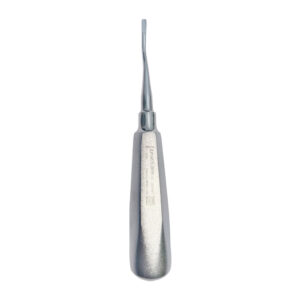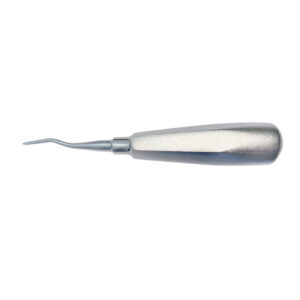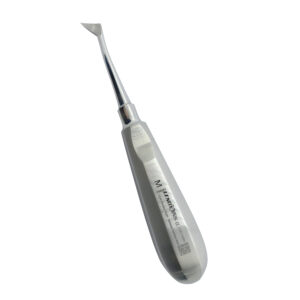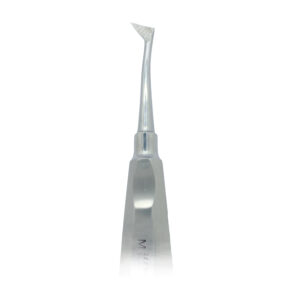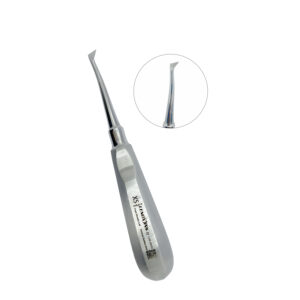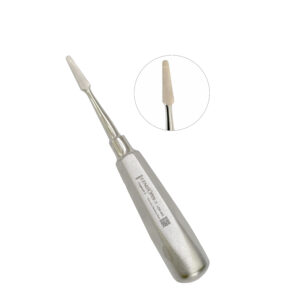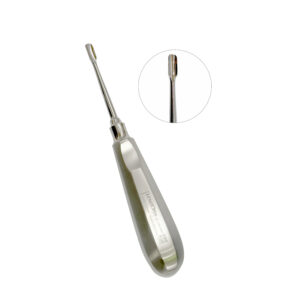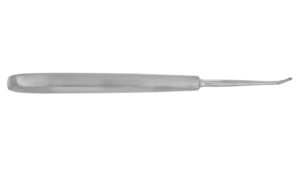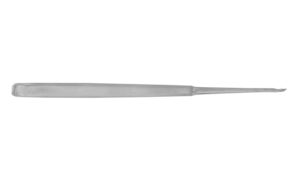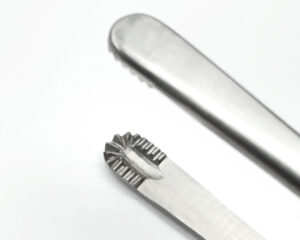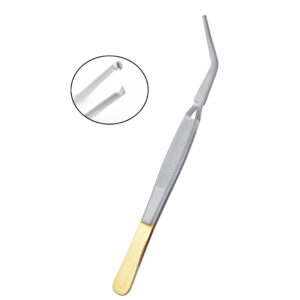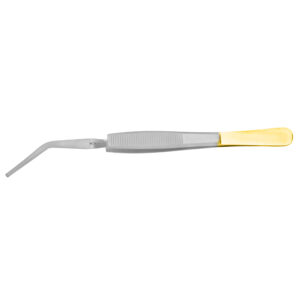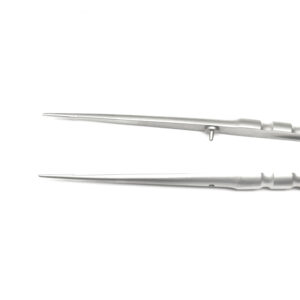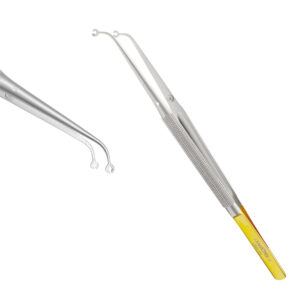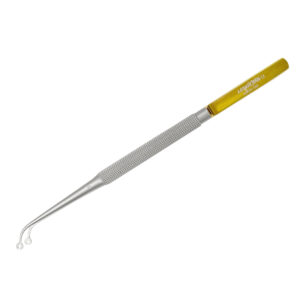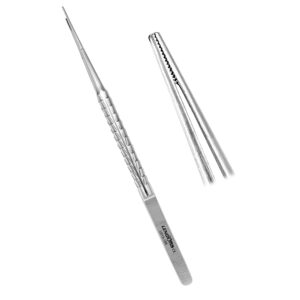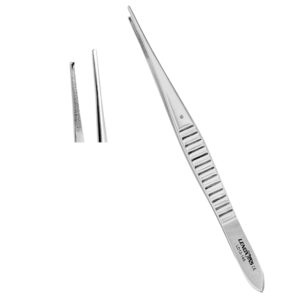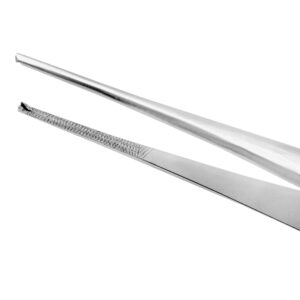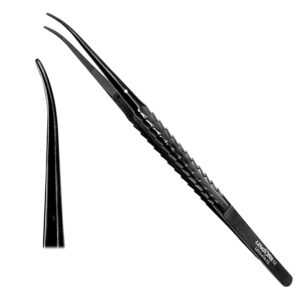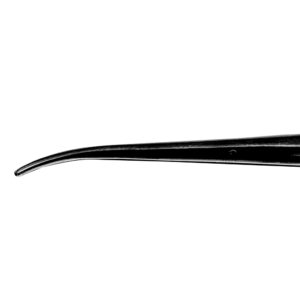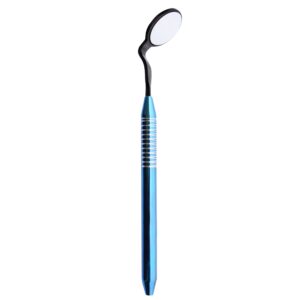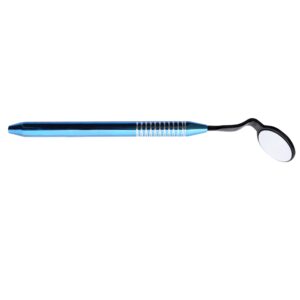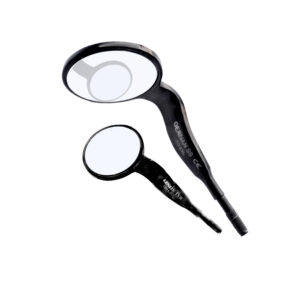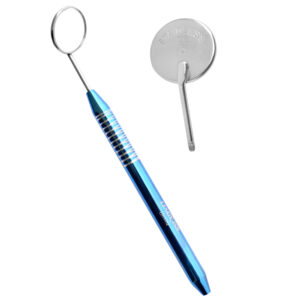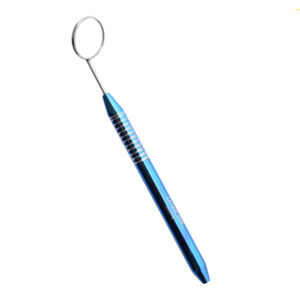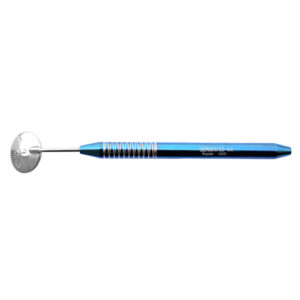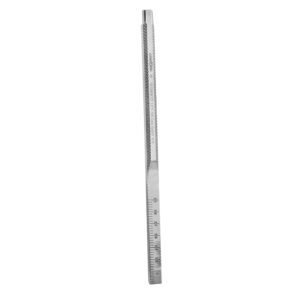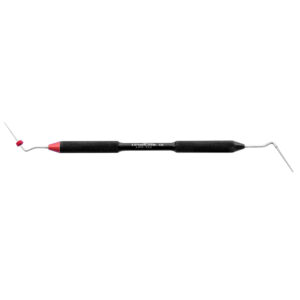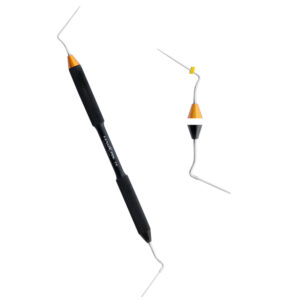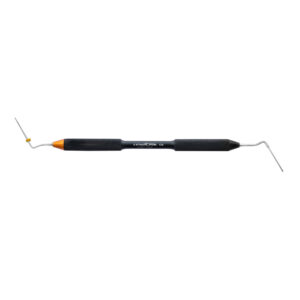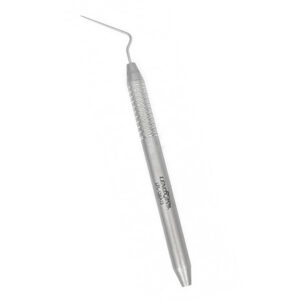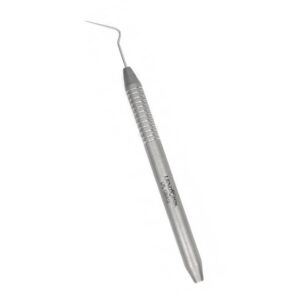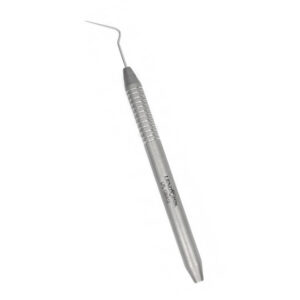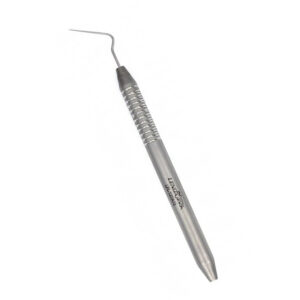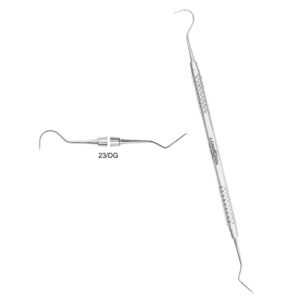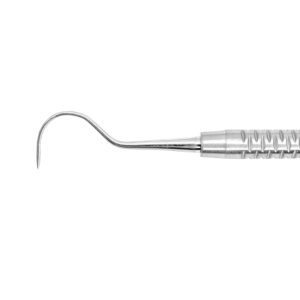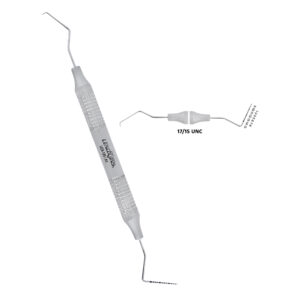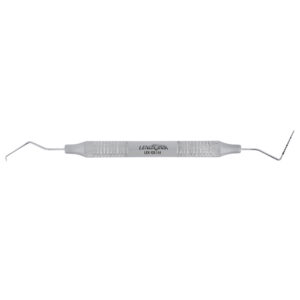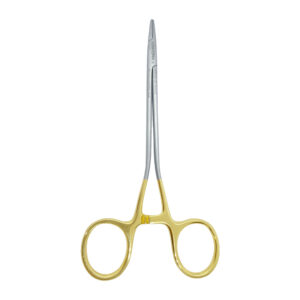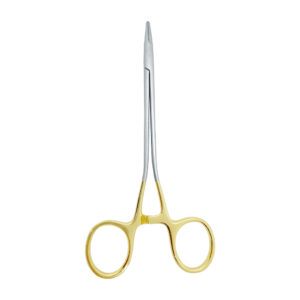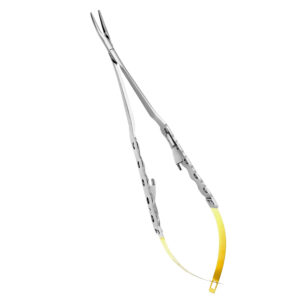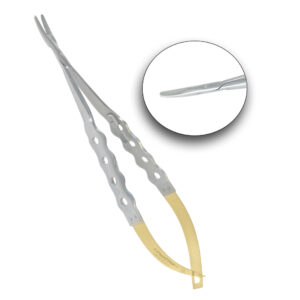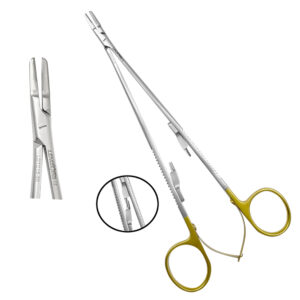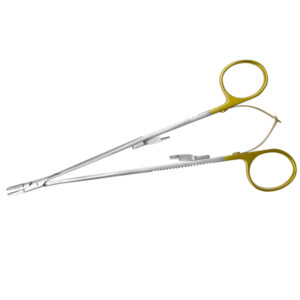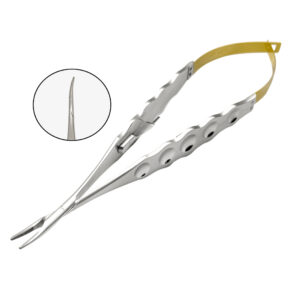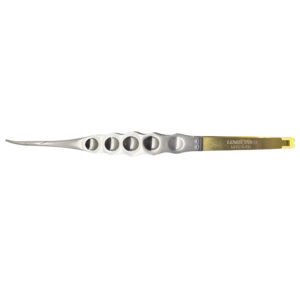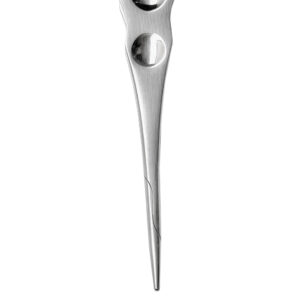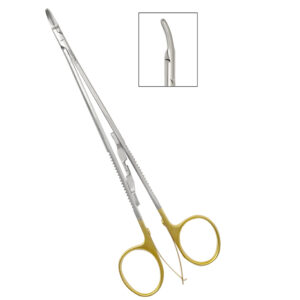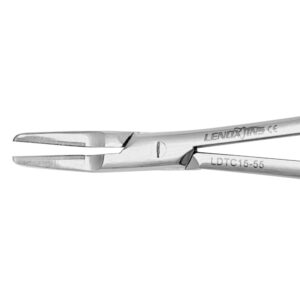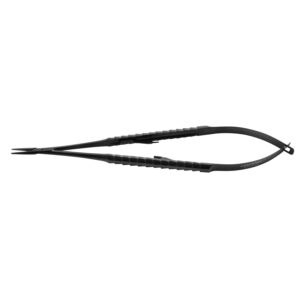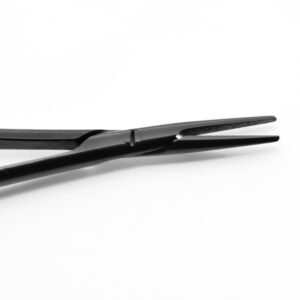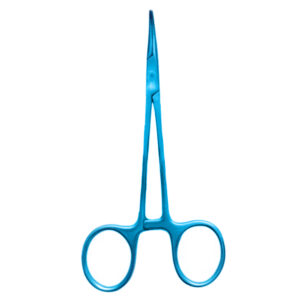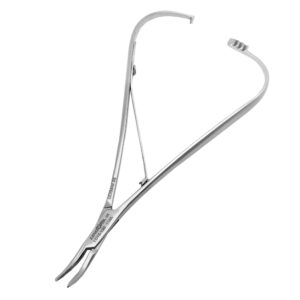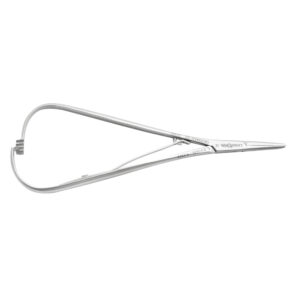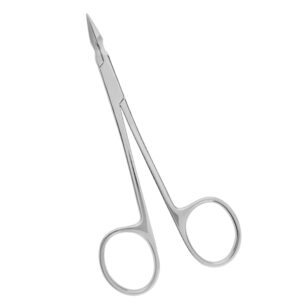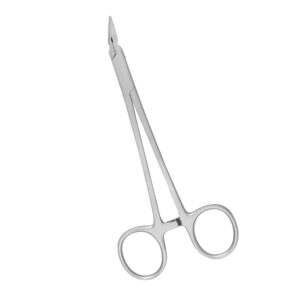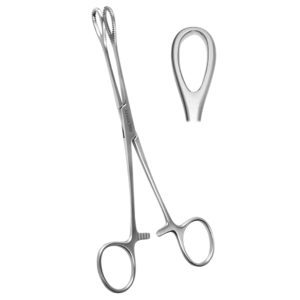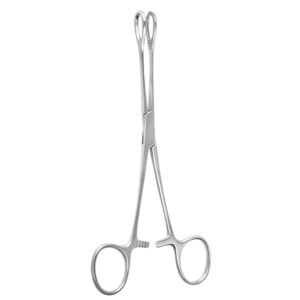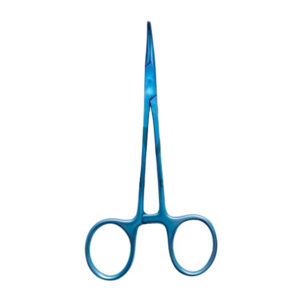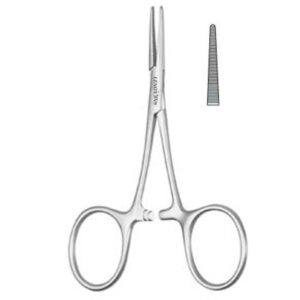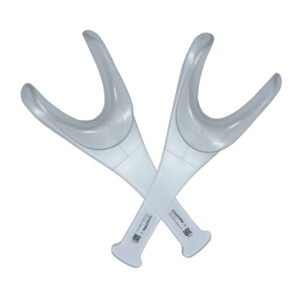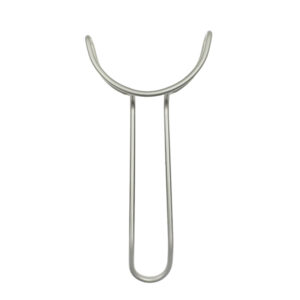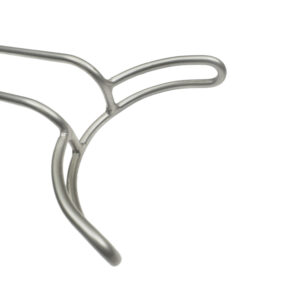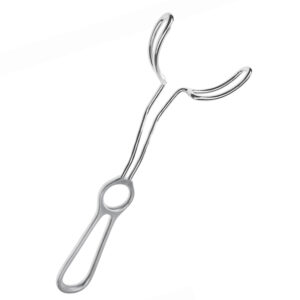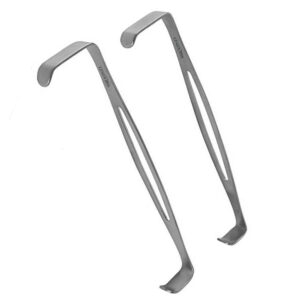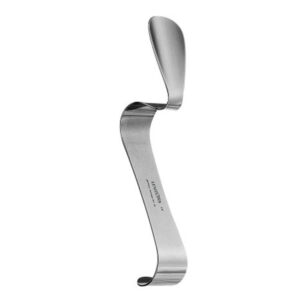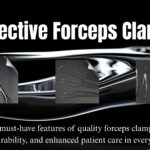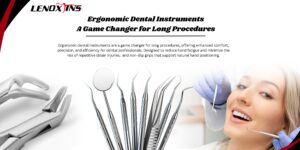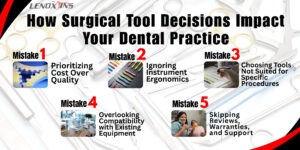Streamlined Sterilization Solutions for Dental Instruments
- lenoxinstro
- March 1, 2025
- Dental Instruments

Innovative Strategies for Dental Instrument Sterilization
Do you struggle with outdated methods for dental instrument sterilization? I cover advanced methods for sterilizing dental tools, efficient sterilization solutions for dental practices, and real-world case studies to address this challenge. I explain proven practices that improve safety, save time, and meet regulatory demands. This post helps you update your approach and maintain a safe, efficient dental environment.
Key Takeaways
- consistent instrument sterility ensures safe treatment practices
- modern cleaning methods lower microbial presence in dental instruments
- direct experience sharpens the focus on strict sterilization protocols
- clear team training and precise monitoring support practice efficiency
- innovative technologies shape improved sterilization methods in clinics
Innovative Approaches to Dental Instrument Sterilization

I review sterilization challenges in dental practices, noting issues like staphylococcus aureus and aerosol spread. I detail the vital role of these methods in preventing tooth decay, including the use of Sterilizable Dental Elevators for Safe Extractions and Sterilizable Dental Curettes for Safe Periodontal Procedures. I also cover emerging 3d printing innovations from New Zealand that improve instrument sterilization, providing practical insights into advanced processes and future standards.
Innovative Sterilization Solutions
-
-
-
-
-
-
Luxating Elevator X-Thin 5mm STR
Rated 0 out of 5CA$50Original price was: CA$50.CA$30Current price is: CA$30. -
-
Overview of Current Sterilization Challenges
I have encountered several issues with instrument sterilization, particularly with sterilizable dental curettes for safe periodontal procedures, that affect everyday dental cleanings, with challenges stemming from plaque accumulation and saliva spread. I often observe that proper cleanliness measures, including the use of Autoclavable Tissue Forceps for Safe Dental Procedures, are not consistently maintained in practices throughout Canada, which raises concerns about patient safety and treatment effectiveness.
My experience shows that limited sterilization standards frequently lead to complications during dental procedures, especially when saliva and plaque are not adequately controlled. I continue to seek practical solutions to improve cleanliness protocols that protect both patients and dental professionals alike in Canada.
Importance of Sterilization in Dental Practices
I prioritize sterilization because it forms the backbone of quality in my dental practice, ensuring a safe environment for every patient. I rely on cutting-edge dental technology and environmentally friendly protocols, and I use a camera to monitor procedures and document the evolution of these methods.
My direct experience shows that stringent sterilization standards can significantly reduce the risk of infection during treatments. I continuously adapt my approach to reflect advancements in dental technology, incorporating tools such as a camera to confirm that each step meets safety requirements while maintaining an environmentally friendly focus.
Emerging Technologies in Sterilization Processes
I have integrated advanced ultrasound cleaning for dental instruments and adopted a strict glove protocol to reduce contamination. I routinely use Autoclavable Dental Pliers for Hygienic Procedures to improve safety in bone work and ensure asepsis in every treatment:
- Ultrasound cleaning
- Glove protocol
- Autoclavable Dental Pliers for Hygienic Procedures
- Bone safety practices
- Asepsis standards
I continue to adjust my approach based on practical tests and direct feedback from my colleagues. My hands-on experience with these methods has boosted overall safety and effectiveness in dental sterilization processes.
Tissue Forceps
Advanced Methods for Sterilizing Dental Tools

I present advanced dental sterilization techniques including chemical sterilization, ultrasonic cleaning systems, and vaporized hydrogen peroxide. These methods are designed to reduce bacteria and support proper hygiene. My articles offer hands-on insights from health care practices, while I review modern tools like laser systems to ensure effective instrument cleaning.
Utilizing Chemical Sterilization Techniques
I have experimented with chemical sterilization techniques that complement dental sterilization processes, using data collected from controlled laboratory studies. I combine these techniques with treatments performed in autoclaves, ensuring that each step meets the rigorous standards supported by latin-based scientific principles.
My experience guides me in selecting chemical agents that effectively remove contaminants, as confirmed by the data from laboratory trials. I appreciate how chemical sterilization provides a reliable alternative to thermal methods, offering additional security and consistency in dental sterilization practices.
Implementing Ultrasonic Cleaning Systems
I have integrated ultrasonic cleaning systems into my daily routine to ensure every instrument is free of any microorganism. Using a specialized fluid, this method thoroughly cleans tools used for crown lengthening, which reinforces patient safety and optimizes cleaning outcomes.
I find that the ultrasonic approach considerably minimizes waste and expedites the decontamination process. My experience confirms that adopting this technique directly addresses common sterilization challenges and supports a secure environment for dental treatments.
The Role of Vaporized Hydrogen Peroxide
I have found that vaporized hydrogen peroxide plays a critical role in my sterilization procedures by effectively neutralizing contaminants on dental instruments like forceps and toothbrushes. Pairing this method with a controlled application of heat ensures a heightened level of safety, which benefits not only routine cleaning but also tooth whitening equipment.
My practical tests confirm that vaporized hydrogen peroxide delivers consistent results in reducing microbial presence across various tools. Incorporating this process on devices such as forceps and toothbrushes, along with proper heat management, has improved safety measures and provided reliable support during tooth whitening treatments.
Dental Mirrors
Efficient Sterilization Solutions for Dental Practices

I share cost-effective practices for small clinics and streamlined protocols for larger facilities. I apply microbiology principles to boost oral health and support proper sedation. I maintain a mirror focus on innovation, ensuring practical insights for efficient instrument care and safety during treatments.
Cost-Effective Practices for Small Clinics
I have implemented cost-effective practices in my clinic to keep sterilization methods efficient and affordable. I utilize digital radiography to lower radiation exposure while integrating cerec technology for faster setups and reliable pathogen control, which has positively impacted my reputation in managing patient care:
| Practice | Description |
|---|---|
| Digital Radiography | Reduces radiation exposure with precise imaging. |
| Cerec Technology | Speeds up procedures and enhances instrument sterilization. |
| Pathogen Control | Maintains safety through rigorous sterilization protocols. |
| Reputation | Builds trust with patients through consistent quality care. |
I continuously evaluate sterilization methods to meet the needs of small clinics while keeping costs manageable. Relying on hands-on testing and real-world feedback, I have developed streamlined procedures that support efficient operations without compromising patient safety or equipment performance.
Streamlining Sterilization Procedures for Larger Facilities
I have refined the sterilization process in large dental settings by following stringent standards from the occupational safety and health administration and guidelines provided by the american dental association. I have adopted clear packaging methods for instruments to lower the risk of contamination around gums and ensure a safe experience for every customer:
- Established clear protocols for instrument packaging
- Monitored compliance with regulatory standards
- Utilized advanced equipment for efficient cleaning
I continuously evaluate these procedures based on feedback and hands-on testing in my practice. This approach boosts operational efficiency and creates a secure environment that meets customer expectations while adhering to industry regulations.
Explorers
Latest Advances in Dental Instrument Sterilization Technologies

I review automated sterilization systems that improve management practices, ensuring accurate monitoring for compliance and reliability in dental cleaning. I share a pdf with essential first aid and practical information that examines innovations in packaging and storage solutions, offering useful insights for improving safety and efficiency across dental practices.
Automated Sterilization Systems in Use
I have implemented automated sterilization systems in my dental office that not only ensure a safe working environment but also support the overall aesthetics of our equipment and workspace. I often draw on insights from practices in Japan where innovative techniques in endodontics serve as a model for reducing contamination and maintaining consistently reliable processes.
My hands-on experience confirms that these automated systems significantly streamline sterilization in routine procedures, making it easier to achieve safe outcomes during endodontics and other treatments. I appreciate how these technologies contribute to a more efficient and aesthetically pleasing dental office, ultimately enhancing patient confidence and care quality.
Monitoring and Compliance With Sterilization Standards
I monitor cleaning procedures meticulously in my practice to ensure that every instrument meets strict sterilization standards. My focus on precise milling and strict control measures helps minimize virus risks while supporting effective therapy outcomes and proper medication handling during treatments.
I actively review compliance with sterilization guidelines by implementing regular cleaning checks and verifying milling accuracy. My hands-on experience confirms that rigorous monitoring supports enhanced therapy methods and appropriate medication protocols, offering a reliable framework for safe dental care.
Innovations in Packaging and Storage Solutions
I have developed advanced packaging and storage systems that apply modern science to protect dental instruments from contamination and damage. My experience shows that secure storage minimizes dental calculus buildup and preserves essential items like dental floss to support robust dental hygiene practices.
I continuously refine my approach by using precise calculus in my design methods to ensure reliable performance in real-world settings. My hands-on evaluations confirm that these innovations provide clear benefits, meeting the needs of dental practices that prioritize safety and efficient instrument care.
Needle Holders
Case Studies Highlighting Successful Sterilization Strategies

I analyze dental case studies detailing successful implementations of instrument sterilization. I review practical techniques using steel, managing debris, and applications of hydrogen peroxide and nitrous oxide. I share lessons learned from industry leaders in the Middle East and explain how these findings shape our best practices in dental settings.
Analyzing Successful Implementations in Dental Settings
My hands-on experience in a busy office has revealed that precise decontamination protocols significantly reduce pressure on tools used in pulp management. Working with equipment from Dentsply Sirona, I observed firsthand how effective sterilization techniques bolster overall safety during critical dental treatments.
Through reviewing successful case studies, I have confirmed that strict sterilization measures offer reliable results in dental settings. By integrating advanced decontamination practices and using trusted Dentsply Sirona systems, I have achieved a consistent reduction in microbial pressure that enhances patient outcomes during pulp procedures.
Lessons Learned From Industry Leaders
I have learned a great deal from industry pioneers who set high standards in dental care. Experts in Latin America and other regions have shown me how effective control measures, powered by computer-based monitoring, can significantly improve sterilization protocols in orthodontics and anesthesia procedures:
| Aspect | Insight |
|---|---|
| Orthodontics | Enhanced instrument cleaning |
| Anesthesia | Reliable contamination prevention |
| Computer | Real-time sterilization tracking |
Drawing on my direct interactions with these leaders, I have refined my protocols to consistently manage and control sterilization using modern computer systems. I now implement methods that support safe procedures in orthodontics and anesthesia, ensuring better outcomes for my patients.
Hemostats
Training and Education for Sterilization Best Practices

I offer staff training programs on new technologies that improve health and safety practices. I share resources for ongoing professional development and guide the use of the Autoclavable Endo Organizer Box for Sterile Storage. I also discuss investment in effective disinfectant procedures and paper documentation to maintain high sterilization standards.
Staff Training Programs on New Technologies
I have initiated staff training programs that focus on mastering new devices featuring state-of-the-art image and sound detection systems. Through hands-on sessions, my team and I review techniques that improve the precision of cleaning procedures, ensuring every crown and dental component meets strict sterilization criteria. As a physician, I value how these methods support clear communication and precise results in our daily practice.
My training approach centers on practical demonstrations that integrate modern medicine practices with advanced technology. I share firsthand insights during sessions that highlight the role of clear imaging and responsive sound feedback systems in achieving cleaner instruments, thereby reducing contamination risks. This program reinforces our commitment to maintaining high standards and offering trustworthy care.
Resources for Ongoing Professional Development
I invest in various online courses and expert workshops that focus on Sterilizable Dental Spatulas for Restorative Procedures and other advanced sterilization techniques. My hands-on testing has shown that strict adherence to protocols greatly minimizes corrosion and reduces the risk of disease in the mouth.
I review current literature and participate in seminars that offer practical insights into instrument maintenance and sterilization best practices. These resources help me stay updated on methods that limit corrosion and promote patient safety by lowering disease exposure in the mouth.
Retractors
Frequently Asked Questions
What are innovative strategies for dental instrument sterilization?
I have used advanced autoclave cycles combined with UV-C sterilization and hydrogen peroxide plasma. These methods reduce cleaning times and boost dental instrument safety by meeting strict regulations in busy practices.
How do advanced methods improve dental tool sterilization?
Modern procedures use high temperature steam and chemical disinfectants along with ultrasonic cleaning to remove residual debris from dental instruments. These techniques reduce infection risks and improve sterilization outcomes during routine dental care.
Are efficient sterilization solutions cost-effective for dental practices?
Efficient sterilization solutions prove cost-effective for dental practices by minimizing infection risks and reducing downtime. They support compliance, improve workflow, and lower long-term expenses, making them a sound investment for maintaining consistent patient care.
What new technologies aid dental instrument sterilization?
I use ultraviolet sterilizers and plasma systems for dental tool disinfection. I also rely on automated washer-disinfectors with chemical processes and digital tracking to reduce contamination risks.
How does proper training support sterilization best practices?
I believe proper training supports sterilization best practices by ensuring I consistently follow updated procedures, accurately apply safety measures, and maintain high standards that protect health and prevent contamination in every sterilization process.
Conclusion
I have shown that innovative strategies for dental instrument sterilization increase patient safety and reduce infection risks. I demonstrated that modern techniques like ultrasonic cleaning, chemical treatments, and automated systems set new benchmarks for hygiene. I observed that consistent training and strict protocols empower dental teams to achieve reliable outcomes. I encourage dental professionals to integrate these methods, as they pave the way for safer and more efficient treatments.

